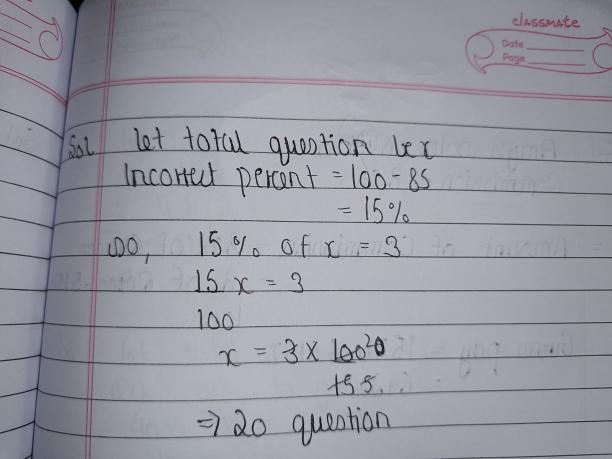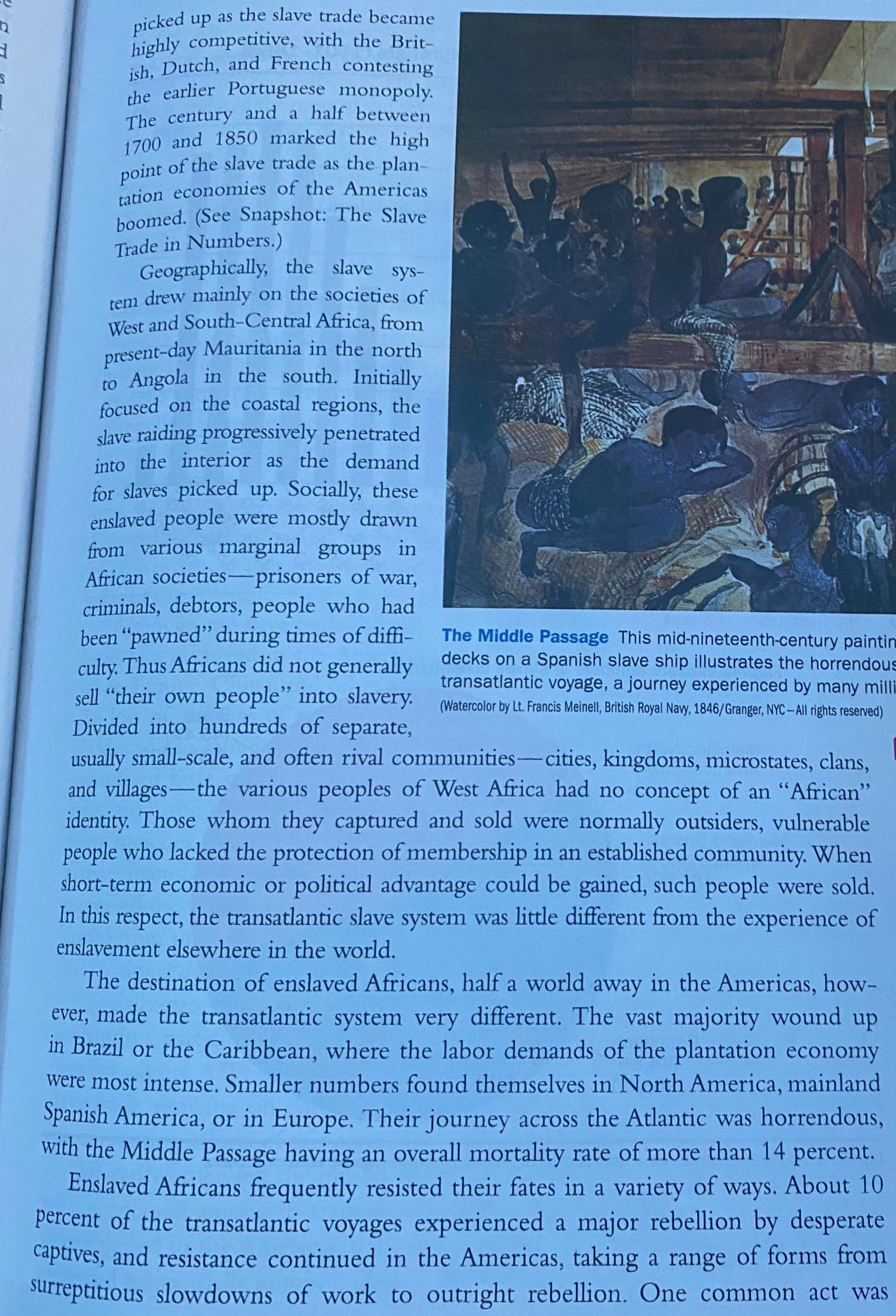a)  , b) Amplitude of the motion is
, b) Amplitude of the motion is  , c) The maximum speed attained by the object during its motion is
, c) The maximum speed attained by the object during its motion is  .
.
Explanation:
a) The total energy of the object is equal to the sum of potential and kinetic energies. That is:

Where:
 - Kinetic energy, dimensionless.
- Kinetic energy, dimensionless.
 - Potential energy, dimensionless.
- Potential energy, dimensionless.
After replacing each term, the total energy of the object at any point in its motion is:

b) The amplitude of the motion occurs when total energy is equal to potential energy, that is, when objects reaches maximum or minimum position with respect to position of equilibrium. That is:


Amplitude is finally cleared:

Amplitude of the motion is  .
.
c) The maximum speed of the motion when total energy is equal to kinetic energy. That is to say:


Maximum speed is now cleared:

The maximum speed attained by the object during its motion is  .
.
a)  , b) Amplitude of the motion is
, b) Amplitude of the motion is  , c) The maximum speed attained by the object during its motion is
, c) The maximum speed attained by the object during its motion is  .
.
Explanation:
a) The total energy of the object is equal to the sum of potential and kinetic energies. That is:

Where:
 - Kinetic energy, dimensionless.
- Kinetic energy, dimensionless.
 - Potential energy, dimensionless.
- Potential energy, dimensionless.
After replacing each term, the total energy of the object at any point in its motion is:

b) The amplitude of the motion occurs when total energy is equal to potential energy, that is, when objects reaches maximum or minimum position with respect to position of equilibrium. That is:


Amplitude is finally cleared:

Amplitude of the motion is  .
.
c) The maximum speed of the motion when total energy is equal to kinetic energy. That is to say:


Maximum speed is now cleared:

The maximum speed attained by the object during its motion is  .
.
A) 
Explanation:
The total energy of the system at any point in the motion is equal to the sum of the elastic potential energy of the spring, U, and of the kinetic energy of the mass, K:

where
k is the spring constant
x is the compression/stretching of the spring with respect to its equilibrium position
m is the mass of the block attached to the spring
v is the speed of the block
B) 
Explanation:
The amplitude of the motion corresponds to the maximum displacement of the mass-spring system. The displacement of the system, x(t), at time t, for a simple harmonic oscillator is given by

where
A is the amplitude
 is the angular frequency of the motion
is the angular frequency of the motion
t is the time
 is the phase (we can take
is the phase (we can take  for simplicity)
for simplicity)
The amplitude of the motion occurs when the displacement of the motion is maximum: x=A. In terms of energy, the mass-spring system is at its maximum displacement (x=A) when all the mechanical energy of the system is elastic potential energy, so when the kinetic energy is zero:

 (1)
(1)
C) 
The maximum speed of the system occurs when the elastic potential energy is zero: U=0 and the kinetic energy is maximum, so:

Due to the law of conservation of the mechanical energy, this energy must be equal to the energy of the system at its maximum displacement (1), so we can write

and solving for  we find an expression for the maximum speed:
we find an expression for the maximum speed:

SI=(P*R*T)/100
P=2000
R=1.5
T=6
SI=(2000*1.5*6)/100
=(2000*9)/100
=180
Neil will earn interest of 180
For 1 flavor there are 9 topping
Therefore, for 5 different flavors there will be 5*9 choices
No of choices= 5*9
=45
The answer is in the image

The answer is in the image

The wood before starting =12 feet
Left wood=6 feet
Wood used till now=12-6=6 feet
Picture frame built till now= 6/(3/4)
=8 pieces
Therefore, till now 8 pieces have been made.
Salesperson will make 6% of 1800
=(6/100)*1800
=108
Salesperson will make $108 in $1800 sales

It will provide an instant answer!
